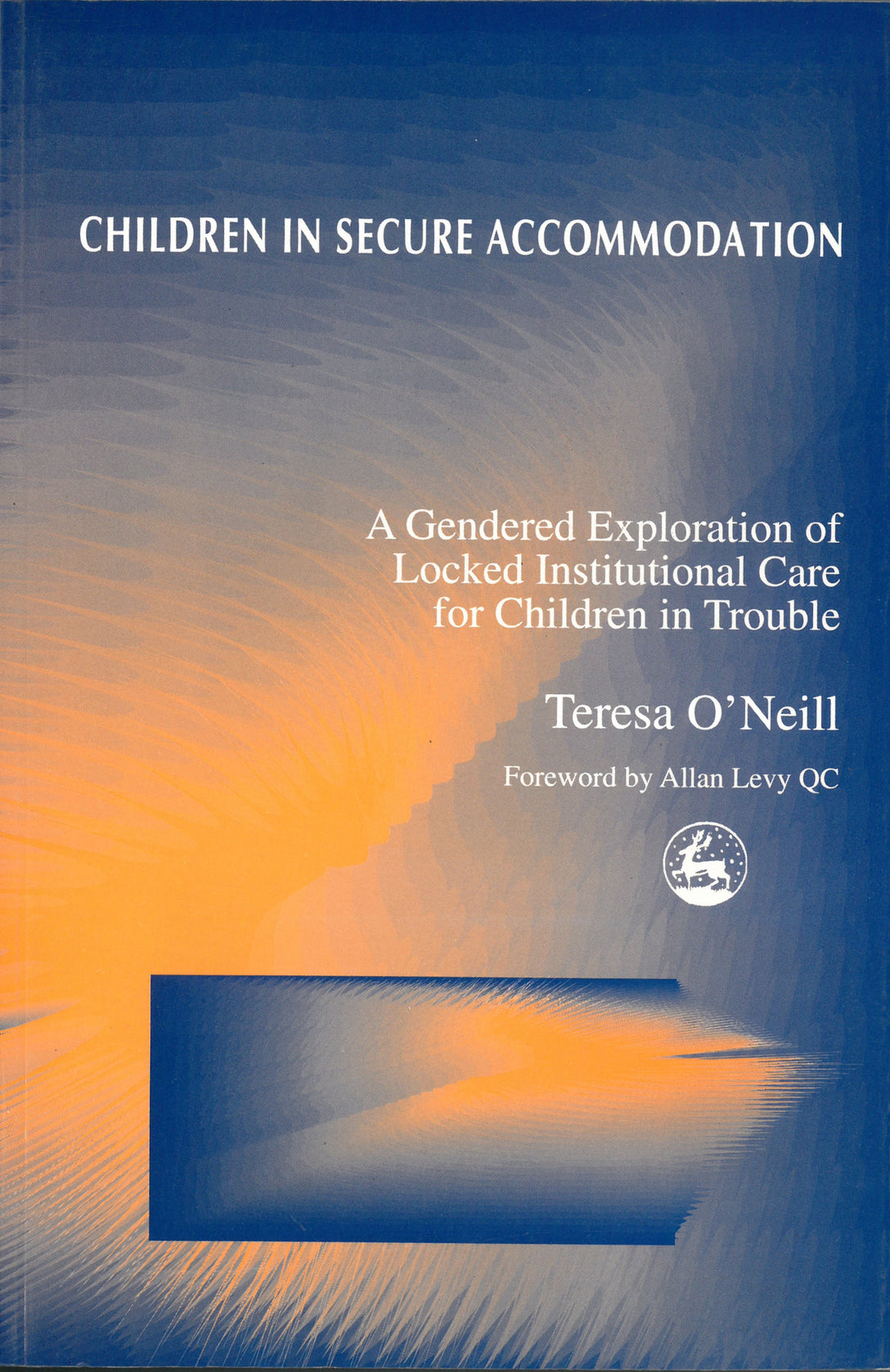
Press Reviews
Quakers in Criminal Justice
This is a book which casts light which is needed on a system which is derived from different managerial and political ideas. It is informative, and makes a strong case for meeting the needs of disturbed children rather than just containing them'.
Social Work Education
Children in Secure Accomodation will be informative for policy makers, practitioners and students. In educational terms it will prompt a critical and active engagement with the experiences of young people and encourage students to think about the relationship between care, control and risk in responding to young peoples' needs.
Young Minds
The primary aim of this book,' the author writes in her excellent and challenging introduction, `is to fill some of the gaps in the knowledge and understanding of the meaning and effect of placement in secure accommodation, and to provoke thought and discussion on the part of those involved in the provision of secure accommodation and other services for children "in need" in the care and criminal justice systems.' The task is formidable but the author succeeds admirably in marshalling the objective data and in bringing the human predicaments of her subjects into focus. Policy makers, as well as managers, criminal justice officials and educators should read this book and take on board its central message, that we are failing the majority of children in secure accommodation and should be searching urgently for alternatives.
British Journal of Social Work
Derived in primary research, Children in Secure Accommodation, which is divided into five parts comprising eleven chapters, promises to offer a `gendered exploration of locked institutional care for children in trouble'…it succeeds in returning gender to the agenda from which it slipped in recent years with regard to child welfare generally and youth justice more particularly. Secure accommodation is now located within a recently reconfigured and expanded `juvenile secure estate'. Equally recent statute (most notably the Crime and Disorder Act 1998) provides for the incarceration of younger children. It is high time for such developments, and their practical effects, to be critically assessed and theorised within the interlocking texts of class, `race' and gender, and under the overarching imperative of burgeoning social control. This book makes a contribution to this endeavour and provides an engaging introductory read.
Community Care
This book offers several new perspectives on secure accommodation for adolescents. It employs an interpretative paradigm characterised by "a commitment to the representation and interpretation of the multiple realities described by research participants". In this, special attention is given to girls, reviewing their situation from a feminist point of view before, during and after containment. There are also continual reminders of ubiquitous children's rights issues. All of these help illuminate the regimes, treatment plans and users' views.
Child and Family Social Work
This publication is important and revealing for anyone who wants authentic information from the world of secure accommodation…[it] serves as a timely reminder that an alternative to locked institutional care for children in trouble is a long-overdue item on the professional and political agenda.
